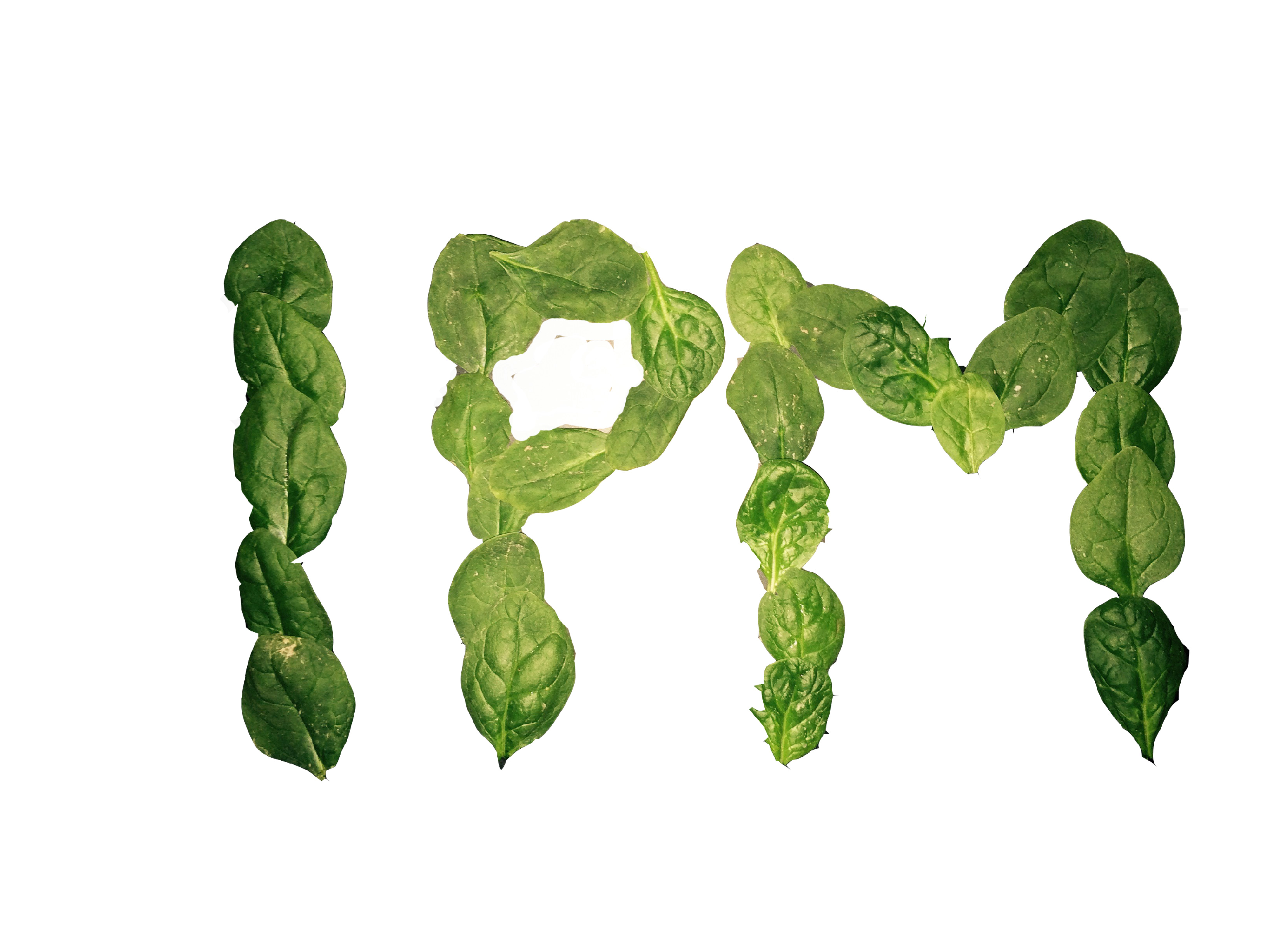
|
|
|
|

|
|||
|
|
|||
|
|
|||
|
A downy mildew fungicide efficacy trial was conducted in conjunction with the International
Spinach Conference held in Yuma during the last week of February. Eighteen different
fungicides were evaluated, including biofungicide/organic products as well as conventional
chemistries. Plots were planted with the cultivar Viroflay, which is susceptible
to all known races of the downy mildew pathogen. Three applications of each fungicide
were applied (Feb 6, 16, and 23). Disease severity was assessed by counting the
number of leaves within two 1-square-foot areas within each plot. In plots sprayed
only with water, 62% of spinach leaves were infected. Five conventional chemistries
held spinach downy mildew to levels ranging from less than 0.5% to no downy mildew
present. These products included Aliette, Revus, Blockade (also known as Actigard),
Zampro, and Ranman. On the other hand, for the 10 biofungicides tested, disease
severity ranged from 38 to 58% infected spinach leaves. Since the tolerance level
for downy mildew on baby-leaf spinach is very low, none of the tested biological/organic
products were effective on their own. The results of this fungicide trial provide
good news for conventional spinach growers but are disappointing for organic spinach
producers.

To contact Mike Matheron go to: matheron@ag.arizona.edu.
|
|||
| Back | |||
|
For questions or comments on any of the topics please contact Marco Pena at the Yuma Agricultural Center.
|
|||
|
Home |
Cotton | Veggies |
Forages | Grains
| Citrus |
Crop x Crop Insects | Diseases| Weeds | Pesticides | Economics | News | Weather | Research | Photos | Contacts | General Info. Copyright © 2001 University of Arizona, College of Agriculture and Life Sciences Webmaster: Al Fournier (acis@ag.arizona.edu) |
|||
